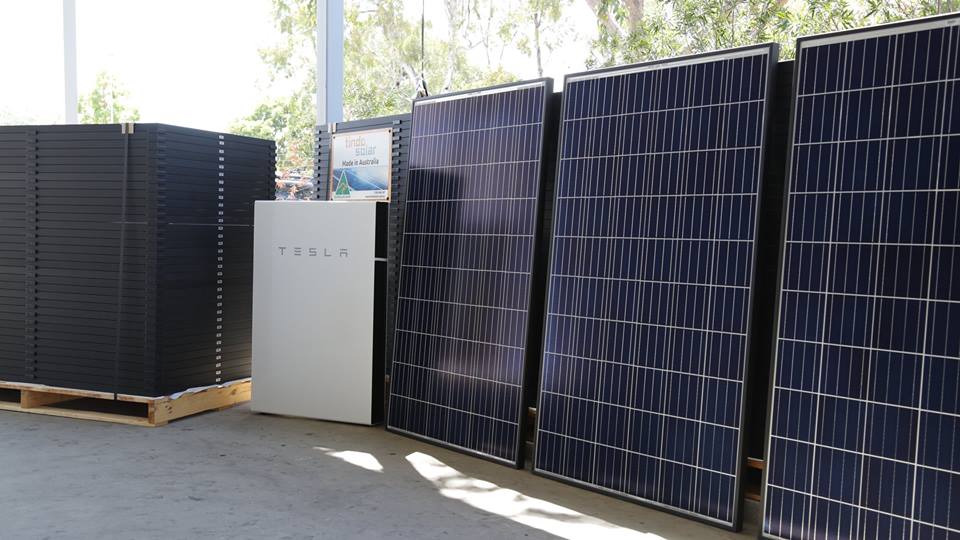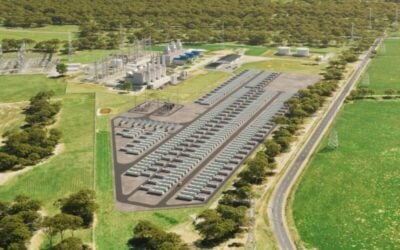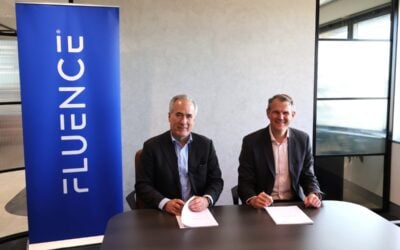
Simply Energy, the Australian retail arm for ENGIE, will aggregate 6MW of Tesla household batteries together with 2MW of demand response at commercial premises in Adelaide in a project supported by the government-backed Australian Renewable Energy Agency (ARENA).
In February, Tesla and the then-serving South Australian state premier, Jay Weatherill, announced the creation of the “world’s biggest virtual power plant (VPP)”, of up to 50,000 home solar-plus-storage systems, albeit with the first phase representing deployments of 600 to 1,000 systems.
Enjoy 12 months of exclusive analysis
- Regular insight and analysis of the industry’s biggest developments
- In-depth interviews with the industry’s leading figures
- Annual digital subscription to the PV Tech Power journal
- Discounts on Solar Media’s portfolio of events, in-person and virtual
ARENA announced this morning on behalf of the Australian government that AU$7.7 million (US$5.9 million) in funding has been awarded to Simply Energy for this second VPP project for South Australia, which has an expected total cost of AU$23 million. Tesla Powerwall 2 13.5kWh batteries will be installed at “up to” 1,200 Adelaide households, with 10 commercial business also involved.
Distribution network operator SA Power Networks (SAPN) is expected to benefit from an initial three-year trial of the technology, giving SAPN greater visibility of battery storage behind-the-meter on its network and allowing the distributor to benefit directly from demand response or sourcing local capacity from the VPP.
Customer batteries can be ‘rented out’ to the grid
As with the likes of Moixa’s GridShare, launched in the UK and Reposit Power’s GridCredits scheme – another Australian provider which has been used in a 250-home VPP trial in Canberra – domestic software company Greensync has developed an exchange platform for aggregating the storage systems which will be used in Adelaide in conjunction with the Powerwall 2 units. ARENA supported Greensync’s software-based decentralised energy marketplace with funding in February last year. At the time Greensync CEO Phil Blythe said solar and battery owners would now be able to monetise their equipment by “essentially renting them to the grid when they’re most needed”.
The project should lower electricity costs for individual consumers, as well as providing them with backup in the event of outages, a concern in South Australia in recent times. ARENA said it will be “up and running by the end of 2019”.
“We think consumer energy resources have a huge role to play in Australia’s energy future, but we are still figuring out how we can orchestrate rooftop solar and home batteries to feed back into the grid. This is technically hard to do, which is why these pilot projects are so important,” ARENA CEO Ivor Frischknecht said.
This is a potential model for how distributed energy resources can be operated at large scale in the future to help reduce energy prices. This trial will also demonstrate the commercial benefits of integrating a virtual power plant into a distributed energy market platform such as deX (Greensync’s platform).”
Europe-headquartered multinational energy provider ENGIE has furthered its activities in energy storage greatly in recent months, as regular readers of this site would have seen. This includes the recent rebrand of acquired US C&I storage provider Green Charge as ENGIE Storage.






